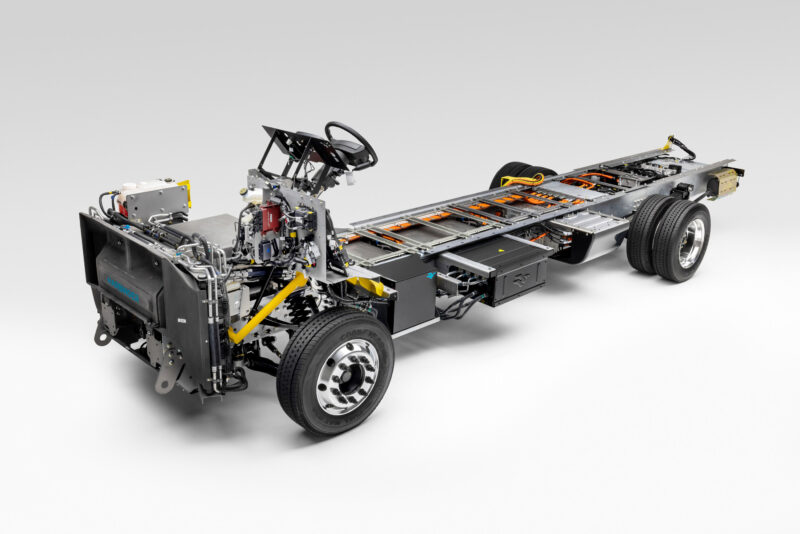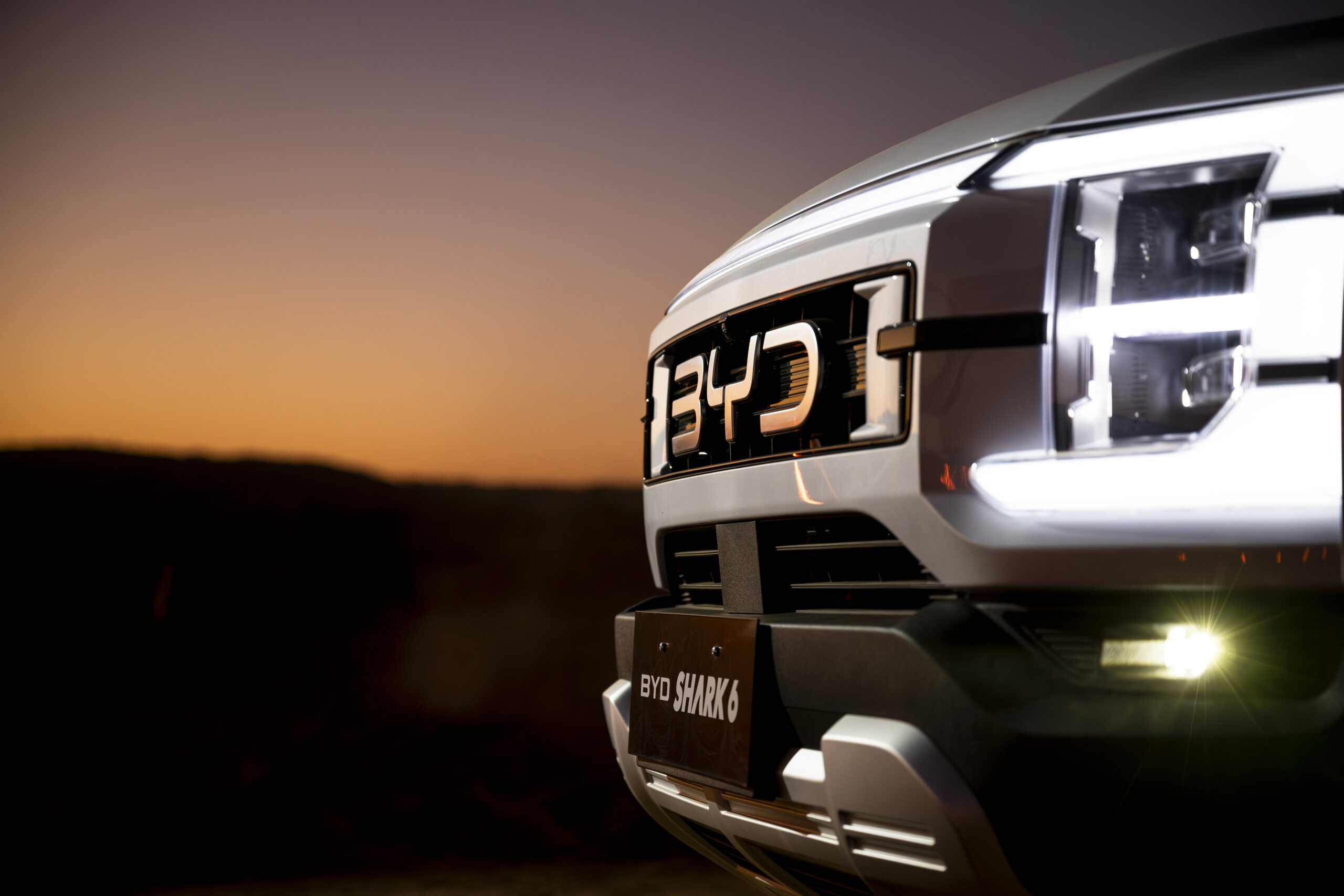Sign up for daily news updates from CleanTechnica on email. Or follow us on Google News!
When it comes to electric RVing, there are many advantages. Visiting the great outdoors without contributing to its destruction is a big one, but I’ve also found that the electric torque is great for towing, and having a huge battery can be nice for taking the creature comforts of home along. But one thing really sucks: towing a big trailer or driving a big camper on electric power. Being able to go more than 100-200 miles without stopping to charge sure is nice, and plug-in hybrids are nice for that.
When it comes to plug-in hybrids, there are several ways to decide whether they’re a good idea. Compared to straight gas and diesel, a plug-in hybrid has all of the advantages of a hybrid (better city mileage), and for a short distance all of the advantages of an EV. But whether a plug-in hybrid is better really depends on how it’s driven and whether it’s plugged in. For a vehicle that’s always plugged in overnight and driving within its electric range, it’s about as good as an EV.
But for a vehicle that’s not plugged in much and regularly driven past its range, it’s about like a hybrid, but with the added expense of a bigger battery. This sounds a whole lot like the duty cycle of an RV. Without many plugs in the great outdoors and with long stretches of road between the most popular camping spots, it’s tough to feel like a plug-in hybrid would help much.
Recently, Thor, Airstream’s parent company, revealed an RV prototype that strikes a pretty good balance between electric power, overall range, and general usefulness. Unveiled at the 2024 Elkhart Dealer Open House, a new hybrid Class A RV (the ones shaped like a bus — no trailer or van nose), the vehicle shows us not only that a good balance is possible, but that an electric future is still very much in reach.
This collaboration with Harbinger Motors, a name synonymous with medium-duty EV innovation, has birthed a hybrid platform that not only promises adventure but does so with a conscience. How? By offering an estimated 500-mile range, thanks to a 14o-kWh battery pack (up to 175 in production) and a low-emissions gasoline range extender. The pack is made of multiple 35 kWh packs that fit between the platform’s frame rails. Altogether, they weight about 2,300 pounds.
The vehicle’s range extender is a four-cylinder gas engine with no mechanical connection to the wheels. As a series hybrid, the motor only serves to keep the battery charged up. This means that all miles feel like electric miles, even if they don’t all sound like them. Official MPG figures aren’t out, but Thor says that the vehicle will go around 500 miles on a 40-gallon fuel tank. Some back of the napkin math says that after 120 miles of EV range, the RV gets around 9.5 MPG. When most RVs get closer to 6 MPG, this is a big improvement!
Performance-wise, it’s not just about going the distance, but doing so with gusto. The electric motor delivers up to twice the torque of a typical diesel engine (440hp/1140 lb-ft at the motor), meaning the RV accelerates without struggling, whether you’re merging onto highways or tackling mountain passes. The integration of technology, like an 800V electrical architecture for quick charging, means it can get some real electric range away from home!
While this is just a prototype vehicle, it’s a lot closer to production than many other prototypes. Harbinger makes a complete system from the frame down, including the whole chassis, suspension, battery packs, drive systems, and safety systems. It’s then up to different manufacturers to come up with a vehicle to basically build atop the platform. This means that not only is Thor not terribly far from production, but that both Thor and other companies can easily build very different RVs from each other without a total redesign.

Perhaps more importantly, it’s a platform that’s going to be shared with commercial trucks. Because of that, the vehicle has to be built for a lot of durability, with a goal of reaching 500,000 miles or more. When you consider that many Class A RVs are found in pieces on Craigslist with only 100-150k miles (and often far less), this means that the RV should last a normal lifetime. If people find it worth refurbishing, it could have a much lower environmental impact than today’s RVs, and not only because it’s a hybrid.
The Advantages Of A PHEV RV With ~100 Miles Of Range
Before I get to what driving one of these around would be like, let’s first talk about the real reason people buy an RV: what it’s like at the destination! A 140 or 175 kWh battery means there’s no need for a noisy generator, no need for a gas furnace, and no need for a propane stove. Everything can run on electric power, which can be provided by DC fast charging, RV park power, onboard solar panels, or the range extender (which has a muffler!).
Most importantly, though — off-grid air conditioning!!!
Driving such a vehicle could also be very nice. As I mentioned before, the hill-climbing and freeway-entering torque is a big plus, but that’s just the beginning. If you leave home or an RV park with a full charge, you could go the first 100-150 miles (depending on speed, of course) without burning a drop of gas. If you’re the kind of person who drives an RV a short distance every day, you basically have an electric RV on most days.
For longer drives, the ability to charge means that you can basically save as much fuel as you have patience for. If you’re the kind that wears astronaut diapers and drives 1000+ miles in a day non-stop, you’d get around 10 MPG. If you stop to eat meals at chargers, you could drive about half-and-half gas and electric, increasing the mileage to 20 MPG. If you don’t mind stopping for a charging session and a nap every 120 miles, you could get infinite MPG.
In reality, most people would do a mix of all of the above. Some short days would be all-electric. Other long days (often the first and last day of the trip) would be mostly gas. The key here: you have options.
Featured image and others by Thor Industries.

Have a tip for CleanTechnica? Want to advertise? Want to suggest a guest for our CleanTech Talk podcast? Contact us here.
Latest CleanTechnica.TV Videos
CleanTechnica uses affiliate links. See our policy here.
CleanTechnica’s Comment Policy




